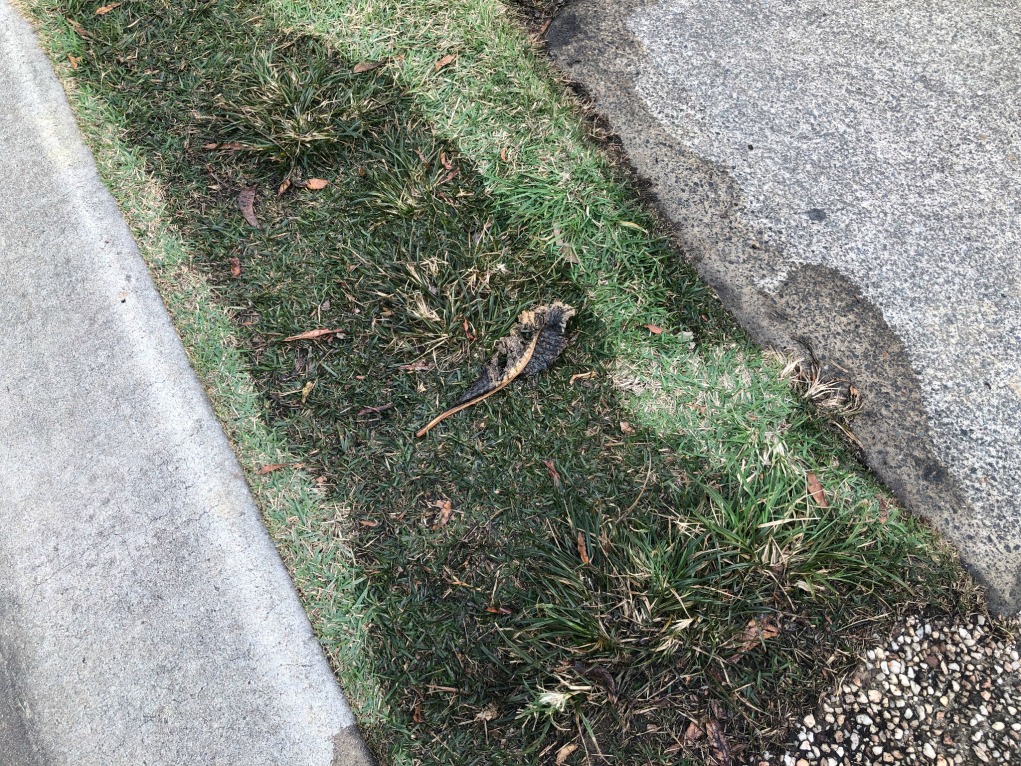Finding Hidden Water Line Leaks: 6 Clever Hacks
Finding Hidden Water Line Leaks: 6 Clever Hacks
Blog Article
On this page in the next paragraph you can get some wonderful tips about Leaking water lines.

Early discovery of dripping water lines can minimize a potential catastrophe. Some tiny water leakages might not be visible.
1. Examine the Water Meter
Inspecting it is a surefire means that assists you find leakages. If it relocates, that indicates a fast-moving leak. This means you might have a sluggish leakage that might also be below ground.
2. Check Water Intake
Assess your water expenses and also track your water intake. As the one paying it, you need to notice if there are any kind of discrepancies. If you identify sudden changes, despite your usage coinciding, it suggests that you have leaks in your plumbing system. Keep in mind, your water costs should fall under the exact same variety on a monthly basis. A sudden spike in your costs suggests a fast-moving leak.
At the same time, a constant rise monthly, despite the same habits, shows you have a slow leakage that's also slowly escalating. Call a plumber to thoroughly inspect your building, particularly if you really feel a warm area on your floor with piping underneath.
3. Do a Food Coloring Examination
30% comes from commodes when it comes to water consumption. Test to see if they are running properly. Drop specks of food shade in the storage tank and also wait 10 minutes. If the color in some way infiltrates your bowl during that time without flushing, there's a leak between the tank and also dish.
4. Asses Exterior Lines
Do not fail to remember to inspect your exterior water lines as well. Should water leak out of the connection, you have a loosened rubber gasket. One little leak can throw away heaps of water as well as increase your water costs.
5. Examine and Examine the Scenario
Homeowners ought to make it a practice to inspect under the sink counters and even inside closets for any type of bad odor or mold development. These 2 warnings show a leakage so punctual attention is required. Doing routine assessments, also bi-annually, can conserve you from a major issue.
Inspect for discolorations and weakening as a lot of pipes and also appliances have a life span. If you presume leaking water lines in your plumbing system, do not wait for it to escalate.
Early discovery of dripping water lines can mitigate a prospective calamity. Some small water leaks may not be visible. Examining it is a proven means that helps you find leakages. One tiny leak can throw away tons of water and also spike your water bill.
If you think dripping water lines in your plumbing system, do not wait for it to escalate.
How to Know If Your Home Has a Hidden Leak
Water Meter Reveals Inexplicable Water Usage
If you’d like to test whether or not there’s a leak somewhere in your home, you can do this using your water meter. Here is how to conduct the test:
Don’t use any water in your home for at least 30 minutes; this also means not turning on faucets or water-using appliances.
Go outside, and check your water meter for activity.
If your water meter shows that there was activity, even though no one was using any water, this proves that there is a leak in your home.Visible Mold or Mildew Growth
Leaks behind walls create moist, dark environments that allow mold and mildew to grow and thrive. Eventually, you might see mold growth forming on the wall closest to a hidden leak.
If mold is growing in an area that receives a high amount of moisture, such as a bathroom, it may simply be an indication that better ventilation is needed. However, if you see mold growth on a wall or the ceiling in an area where you would not expect, you probably have a hidden leak.
Musty, Mildew Odor
Sometimes you might not be able to see the mold or mildew that is growing as a result of a leak. However, the smell can give the problem away just as easily. If you catch a whiff of something musty, there’s a good chance that old water is collecting somewhere in your home that you can’t see.
Stained/Warped Walls, Ceilings, or Floors
When your home soaks up water, a variety of red flags can become visible, including ceiling stains, bubbling drywall, warped walls, and sagging floors. While these issues can be caused by excess humidity, they can also be signs that a pipe or plumbing connection has started leaking behind your walls.
Inexplicably High Water Bill
After a while, you get a general sense for what your water bill should be. If you own a pool or sprinkler system, your bill will tend to be higher during summer. However, if you receive a water bill that seems especially high, and you can’t figure out what caused it, then you may have a hidden leak somewhere that’s increasing your bill.
https://www.plumbingjoint.com/blog/2019/july/how-to-know-if-your-home-has-a-hidden-leak/

Hopefully you enjoyed our section on Hacks to detect leaks. Thanks so much for taking time to read our post. If you please set aside a second to distribute this blog posting if you appreciated it. Thanks so much for going through it.
View Website Report this page